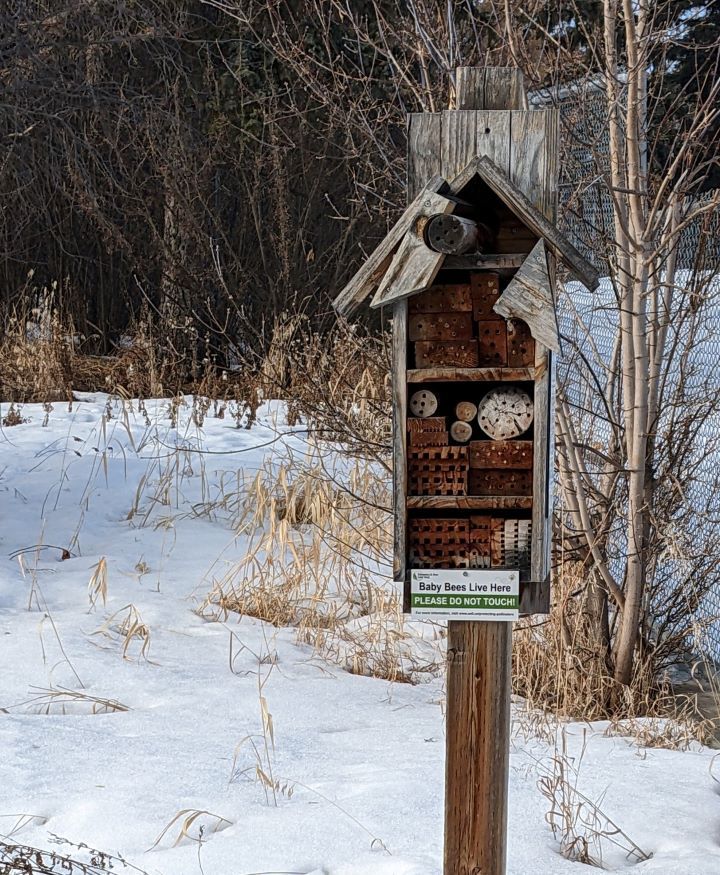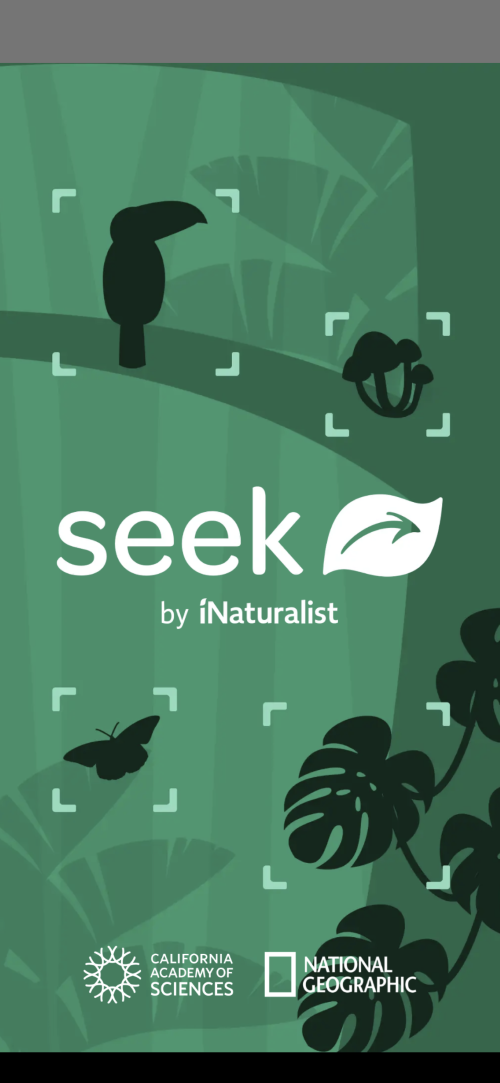How to Attract Mason Bees to your Yard

Attracting native bee species, like mason bees to your yard is a great way to improve the pollination of your fruits and vegetable plants, and unlike honey bees, these bees WON'T STING YOU!
There's really only positives to having these creatures around in your garden and in this article I explain how you can make your yard an attractive spot for them to call home.
What exactly are mason bees?
These are bee species from the genus Osmia that use mud to build nests for their offspring in small tunnels, often old beetle burrows, hollow plant stems or holes in trees. These are solitary bees, so each bee typically builds their own nest and doesn't live in a hive with other bees.
Mason bees don't produce honey, so people don't necessarily see the obvious benefit of having them around and they are also smaller and more inconspicuous than honey or bumble bees, which is maybe one of the reasons why they're not as well known as those two. It's always the flashy ones who get all the attention.
Mason bees mate after emerging in the spring and then look for a suitable location to nest. Once a nest site is found, they collect pollen and nectar as food for their larvae, deposit one egg and then use mud to seal up that section of the nest as it's own compartment. They repeat the process, until the hollow they've chosen is full and then their work is done!
When the eggs hatch, the larvae eat the stored food and then go into pupation in a cocoon, which results in a fully formed adult bee who emerges in the spring and continues the cycle.
I should note that mason bees are only one variety of the many native bee species that exist in North America, and this how-to guide will help you attract all varieties of native bees, not just mason bees.
I was lucky to have some ground nesting leafcutter bees in my yard this past summer. They dug tunnels in the sand in the gaps of my concrete brick patio and were fun to watch carrying leaves around, flying in and out for a few weeks.
There are over 370 bee species in Alberta (where I live) alone and around 3600 species across North America and all are important pollinators. Of these bees, about 30% nest in tunnels like mason bees, whereas the other 70% are ground nesting, digging holes in open ground. Like mason bees, native bees are docile and while some have stingers, they are unlikely to ever sting you, so you don't have to worry about having them in your yard.
Why do you want these bees in your garden?
The main benefit to you is that you'll greatly improve the pollination of the flowers, fruits and vegetables you grow. Better pollination will mean higher yields and more food for you to eat or share with your neighbors!
Mason bees are efficient pollinators, more efficient than honeybees, but many don't travel more than a few hundred meters from where they nest. That's why it's important to create the habitat they need in your yard, otherwise you won't get to enjoy their company.
Taking a broader perspective on your own garden, providing bees with habitat in the small plot of land you actually have control over will help prevent the decline of their populations, which has been a serious problem in the past few decades. Habitat loss from development, loss of host plants and pesticide use have impacted many species of native bees, but their is evidence that gardens planted with bees in mind can boost the numbers and diversity of bees in an area. You don't need acres of land to make a real difference!
How can you attract them?
Focus on turning your yard into habitat for these bees by doing the following:
- Planting native plants - look into your local native plant groups or nurseries to get an idea of what you should be planting in your area. Try to plant multiples of each species and pick a diversity of plants, so that there's flowers blooming throughout the growing season to provide bees a reliable food source for the whole time they are active. Having a mix of colors and flower shapes will attract many different bee species.
- Leaving some bare ground for ground-nesting bees and mud for mason bees - ground-nesting bees need a clear space to create their tunnels and mason bees need the mud to build their nests.
- Leaving useful nesting material on the ground - save yourself some yard work and leave some areas with dead leaves and stalks on the ground. You don't need to leave your whole yard covered in leaves if you don't want, but choosing a few out of the way areas will help provide bees with nesting areas to overwinter. Leaving some decorative logs, rocks or bricks on the ground will also provide nesting habitats.
- Providing water access - this doesn't have to be anything fancy, but a shallow dish of water, kept clean and regularly topped up will provide water for pollinating insects and birds.
- Cutting your lawn at the highest mower-blade setting - this helps bee populations as it allows small flowers to pop up between the grass, providing a bit of food in what was (for the bees) a green dead zone.
- Avoiding use of pesticides and herbicides - this is crucial for keeping pollinating insects healthy in your garden.
If you'd like more detail on these points, I recommend checking out the excellent book A Garden for the Rusty-Patched Bumble Bee by Lorraine Johnson and Sheila Colla. You can also check out this interesting episode of the Food Garden Life Show where the hosts spoke to the authors about gardening with pollinators in mind.
What about installing mason bee houses?
Currently, the Xerces Society, a conservation group focused on protecting invertebrates and pollinators, recommends focusing on improving natural nesting habitats for bees over using manmade ones. While bee houses or hotels can be good, an unmaintained or improperly built bee house will be a vector for parasites and diseases that infect the bees you are trying to protect.
If you have a bee house already or would like to have one anyways, that's ok! Check out these tips on making sure the house is not a bee death trap and Colin Purrington's guide on building and managing a bee hotel.
Colin Purrington's blog has some other well researched bee house resources and great links that you can follow if you want to do a deep dive on this topic.

This year I am hoping to keep better track of the bees I see in my yard. I'm planning on snapping some pictures and uploading them to iNaturalist and Seek for identification to get an idea of the species that are around my area. I'll be sure to post about that if it goes well, so consider subscribing for free, 5-minute articles, delivered to straight to your inbox if you'd like an update.
Have you seen any native bees in your yard? Have you seen some fancy bee hotels around? Get in touch and let me know! I am always keen to hear from other gardeners.
